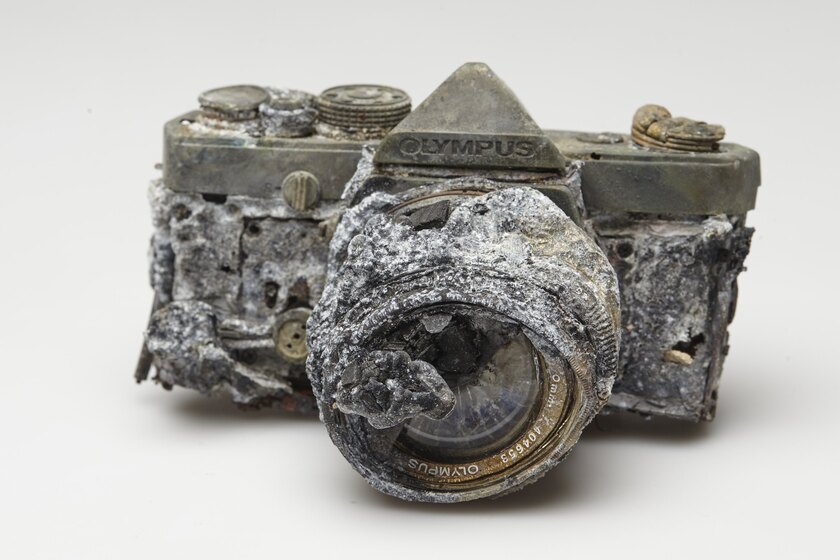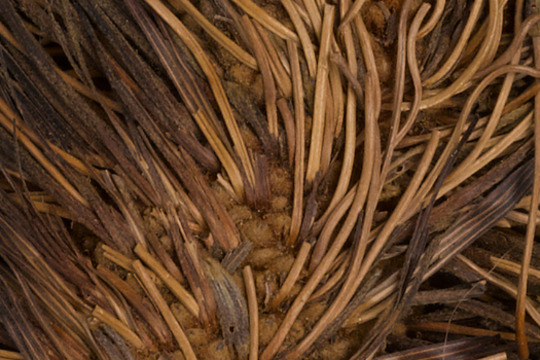Culture & Society
The cultural collections of museums also have a role to play in highlighting the impacts of climate change.
Victoria’s scientific collections are important sources of data which help us understand climate change. However, single collection objects can be powerful symbols of the loss, threat, transformation and challenges we face when dealing with human influences on the climate in our century.
For instance, the Museums Victoria Pacific Cultures collection includes a single, massive disc of stone money, known as Rai. It powerfully reminds us of the tangible and intangible elements of culture that risk being swept under the oceans. The Rai stone is ceremonial money used by people of the State of Yap, a group of islands in Micronesia under threat of disappearing due to rising sea levels.
Oral histories form part of the Invisible Farmer collection at Museums Victoria. Interviews with modern farming women form part of a collection of personal narratives seeking to redress the historical invisibility of Australian women in farming. Climate change is a constant theme: to women farmers the need to adapt to increased climate variability and more intense flood, fire and drought is a pressing concern in their everyday lives.
And a single object retrieved after the devastating Black Saturday Bushfires says many things about loss and the random, devastating impacts of fire as we prepare for more intense and more frequent bushfires in the decades to come.






















